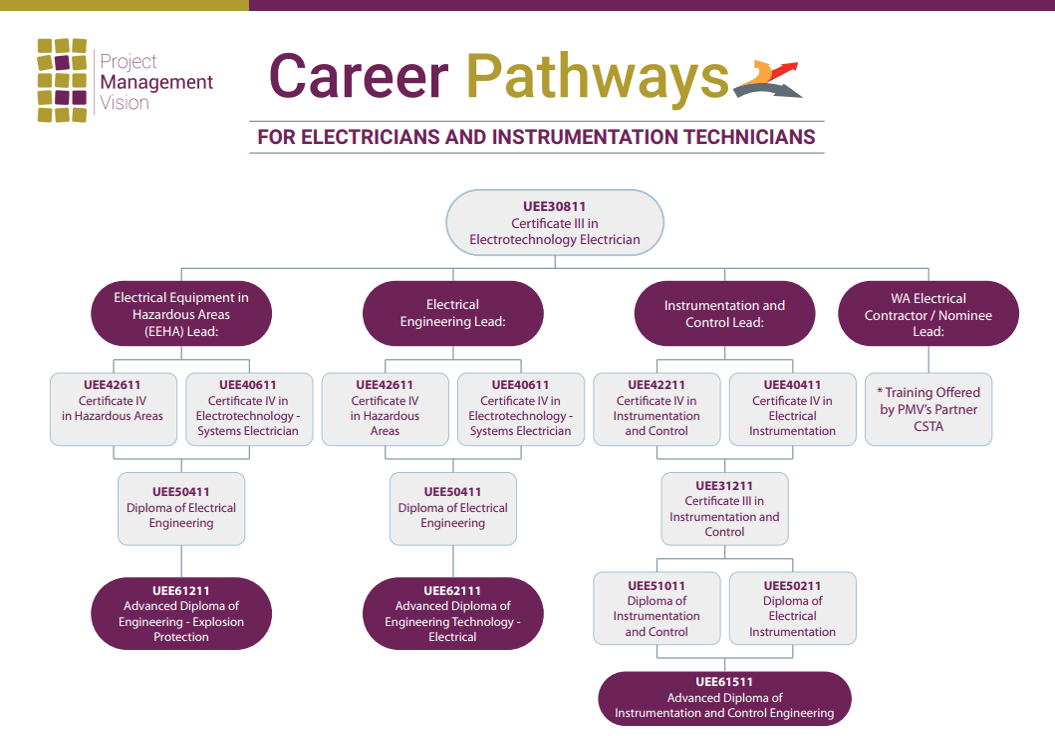The Best Guide To Roar Solutions
The Best Guide To Roar Solutions
Blog Article
Some Known Incorrect Statements About Roar Solutions
Table of ContentsSome Known Details About Roar Solutions Roar Solutions Can Be Fun For AnyoneOur Roar Solutions Diaries
In such an ambience a fire or surge is possible when 3 standard problems are fulfilled. This is usually described as the "dangerous area" or "burning" triangle. In order to secure installments from a prospective explosion a method of evaluating and identifying a potentially hazardous area is called for. The purpose of this is to guarantee the right selection and installation of devices to inevitably avoid a surge and to ensure safety and security of life.
(https://padlet.com/thomascarrillo4740/roar-training-solutions-jrrziydpbb7m3xsa)
No devices must be installed where the surface area temperature level of the tools is above the ignition temperature level of the provided hazard. Below are some usual dirt unsafe and their minimal ignition temperature. Coal Dirt 380C 225C Polythene 420C (thaws) Methyl Cellulose 420C 320C Starch 460C 435C Flour 490C 340C Sugar 490C 460C Grain Dirt 510C 300C Phenolic Resin 530C > 450C Aluminium 590C > 450C PVC 700C > 450C Soot 810C 570C The likelihood of the danger being existing in a focus high sufficient to cause an ignition will certainly vary from location to place.
In order to categorize this threat an installment is split right into locations of risk relying on the amount of time the dangerous is present. These locations are referred to as Zones. For gases and vapours and dirts and fibres there are 3 areas. Area 0 Zone 20 A dangerous ambience is highly likely to be present and may exist for lengthy periods of time (> 1000 hours per year) or also constantly Zone 1 Area 21 A hazardous environment is possible however unlikely to be existing for extended periods of time (> 10 450 C [842 F] A classification of T6 means the minimal ignition temperature level is > 85 C [185 F] Hazardous location electrical tools perhaps developed for usage in greater ambient temperatures. This would certainly suggested on the ranking plate e.g. EExe II C T3 Ta + 60C( This suggests at 60C ambient T3 will certainly not be exceeded) T1 T1, T2, T3, T4, T5, T6 T2 T2, T3, T4, T5, T6 T3 T3, T4, T5, T6 T4 T4, T5, T6 T5 T5, T6 T6 T6 A T Class ranking of T1 means the optimum surface temperature generated by the tool at 40 C is 450 C. Assuming the associated T Class and Temperature level score for the tools are appropriate for the location, you can always use a tool with a much more rigid Department score than needed for the location. There isn't a clear solution to this question regrettably. It really does rely on the kind of devices and what fixings need to be executed. Devices with specific examination treatments that can not be done in the field in order to achieve/maintain third party rating. Must come back to the factory if it is before the equipment's service. Area Fixing By Authorised Personnel: Challenging testing may not be needed nonetheless details treatments may need to be followed in order for the devices to maintain its 3rd party score. Authorized employees need to be utilized to perform the work properly Fixing have to be a like for like replacement. New element should be thought about as a direct replacement calling for no unique testing of the tools after the fixing is total. Each tool with a dangerous score should be examined independently. These are described at a high level listed below, yet for even more thorough info, please refer straight to the guidelines.
A Biased View of Roar Solutions
The equipment register is a detailed data source of tools records that consists of a minimum set of fields to recognize each item's area, technical parameters, Ex lover category, age, and ecological information. The ratio of Detailed to Close assessments will be figured out by the Equipment Risk, which is analyzed based on ignition threat (the possibility of a you could try these out resource of ignition versus the possibility of a combustible ambience )and the dangerous area classification
( Zone 0Area 1, or 2). Applying a durable Risk-Based Assessment( RBI )approach is critical for ensuring compliance and safety and security in taking care of Electric Tools in Hazardous Locations( EEHA).
The Single Strategy To Use For Roar Solutions

In terms of eruptive danger, a hazardous location is an atmosphere in which an eruptive environment is existing (or may be expected to be present) in amounts that require special precautions for the building and construction, setup and usage of tools. eeha training. In this article we explore the obstacles encountered in the work environment, the threat control measures, and the called for competencies to work securely
These compounds can, in particular conditions, develop explosive atmospheres and these can have significant and unfortunate repercussions. Most of us are acquainted with the fire triangular eliminate any one of the 3 aspects and the fire can not take place, but what does this mean in the context of dangerous locations?
In a lot of circumstances, we can do little concerning the degrees of oxygen in the air, however we can have significant impact on resources of ignition, as an example electric tools. Harmful areas are recorded on the dangerous area category drawing and are recognized on-site by the triangular "EX" indicator. Right here, amongst various other essential details, zones are split right into 3 types depending on the risk, the possibility and period that an eruptive atmosphere will exist; Area 0 or 20 is considered one of the most unsafe and Zone 2 or 22 is deemed the least.
Report this page